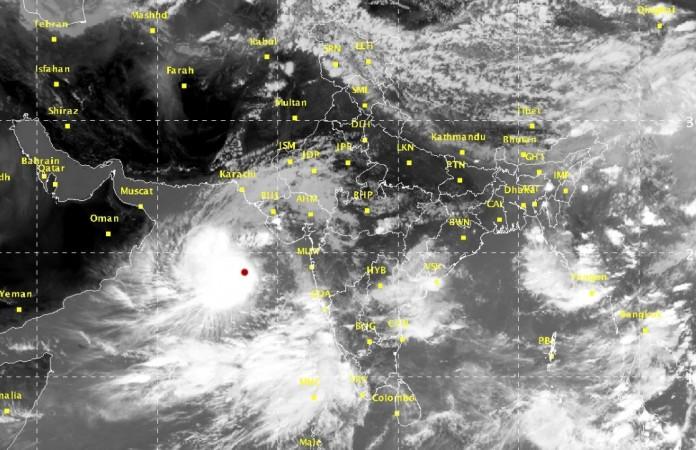
India's meteorological office is set to replace its colonial era statistical method of monsoon forecast with a dynamic model, reported Reuters. Adoption of the new model will see India invest Rs. 400 crore ($60 million) on a supercomputer that will improve accuracy of predictions for next year's weather forecasts.
The dynamic model will require immense computing power to generate 3-D models on developing monsoon patterns. It will be 10 times faster than the existing IBM machines which at present help compute the monsoonal data.
"If everything goes well, by 2017 we'll make this dynamical model operational by replacing the statistical model," said M. Rajeevan, secretary at the ministry of earth science. The technocrat explained that the new system is primarily a model adopted in the U.S and now tweaked for usage in India.
Rajeevan noted that the earlier adoption of the dynamic model was not possible as the system could not predict monsoon. "Now it can with better results than the statistical model," he said.
Reuters quoted experts as saying that better forecast will boost India's farm production by up to 15 percent, as it will immediately course correct aligned activities such as right time to sow, irrigate and fertilise. Lest the monsoons fail, then deploy an action plan across the states.
At present, the India Meteorological Department (IMD), the only government-run wing for weather monitoring, has 5,000 employees collating data from radars, observatories, ships, sensors, etc. It issues weather forecast for country as a whole and five geographical regions based on historical relationship between rainfall and eight other parameters like surface temperature, monsoon wind pattern on the Indian Ocean, etc.
The sub-continent's large size and varying climatic zones have cast a shadow on the national forecast that the IMD supplies with annually. Though it successfully predicted the 2015 drought, it failed to do the same in 2009, which was India's worst ever drought year in four decades.
The June to September summer rains, however, provides 70 percent of rains for most regions in India, sustaining more than 600 million farm dependent lives in the country. Nearly 60 percent of India's net sown area is rain-fed.









